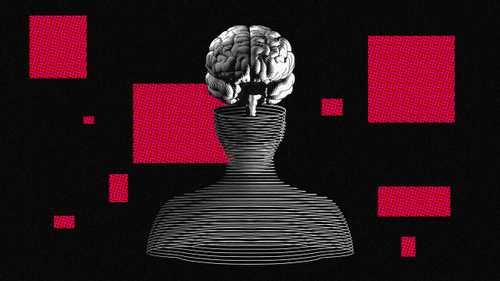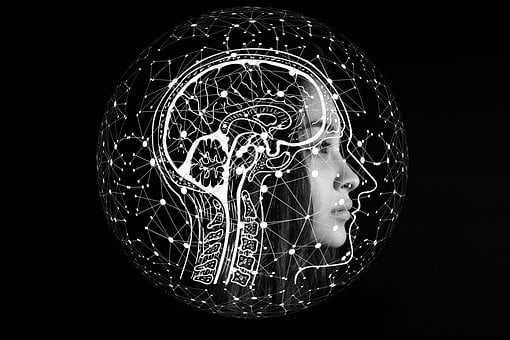4 common but harmful myths about how your brain works
Curated from: fastcompany.com
Ideas, facts & insights covering these topics:
4 ideas
·7.1K reads
16
Explore the World's Best Ideas
Join today and uncover 100+ curated journeys from 50+ topics. Unlock access to our mobile app with extensive features.
Using 10% of our brains
The source of this figure isn't entirely clear.
People's capacity to develop any skill is a combination of practice and talent. A person can get quite good at almost any skill if they practice hard at it.
388
2.13K reads
Left-brained or right-brained
People used to speak of being left or right-brain dominant (where the left brain is more logical and algorithmic, and the right brain more artistic and intuitive).
However, both hemispheres of your brain are involved in all of the complex work you do. The most effective thinkers are the ones who learn to rely on both their intuitive judgments as well as their reasoning.
346
1.58K reads
Emotions and rational thinking
The theory goes that emotions reflect a more primitive form of thinking and that good thinking is only logical.
However, when faced with risky decisions, it is possible to talk yourself into almost anything. But, even a little anxiety in that situation can provide information too valuable to ignore.
330
1.62K reads
The learning styles theory
People have different preferences for getting information, be it visual, auditory, or tactile.
Based on these preferences, there was a popular proposal that there are differences between how people learn best. However, people study best when they learn new material in different modes, not just the one they prefer.
340
1.76K reads
IDEAS CURATED BY
Watch your habits, they become character and watch your character, it becomes your destiny.
Daniel S.'s ideas are part of this journey:
Learn more about health with this collection
How to create a productive workspace at home
How to balance work and personal life while working remotely
How to maintain focus and motivation while working remotely
Related collections
Similar ideas
8 ideas
8 Myths About the Brain Debunked
verywellmind.com
4 ideas
Myths About Creativity
psychologytoday.com
10 ideas
10 Common Learning Myths That Might Be Holding You Back | InformED
opencolleges.edu.au
Read & Learn
20x Faster
without
deepstash
with
deepstash
with
deepstash
Personalized microlearning
—
100+ Learning Journeys
—
Access to 200,000+ ideas
—
Access to the mobile app
—
Unlimited idea saving
—
—
Unlimited history
—
—
Unlimited listening to ideas
—
—
Downloading & offline access
—
—
Supercharge your mind with one idea per day
Enter your email and spend 1 minute every day to learn something new.
I agree to receive email updates

